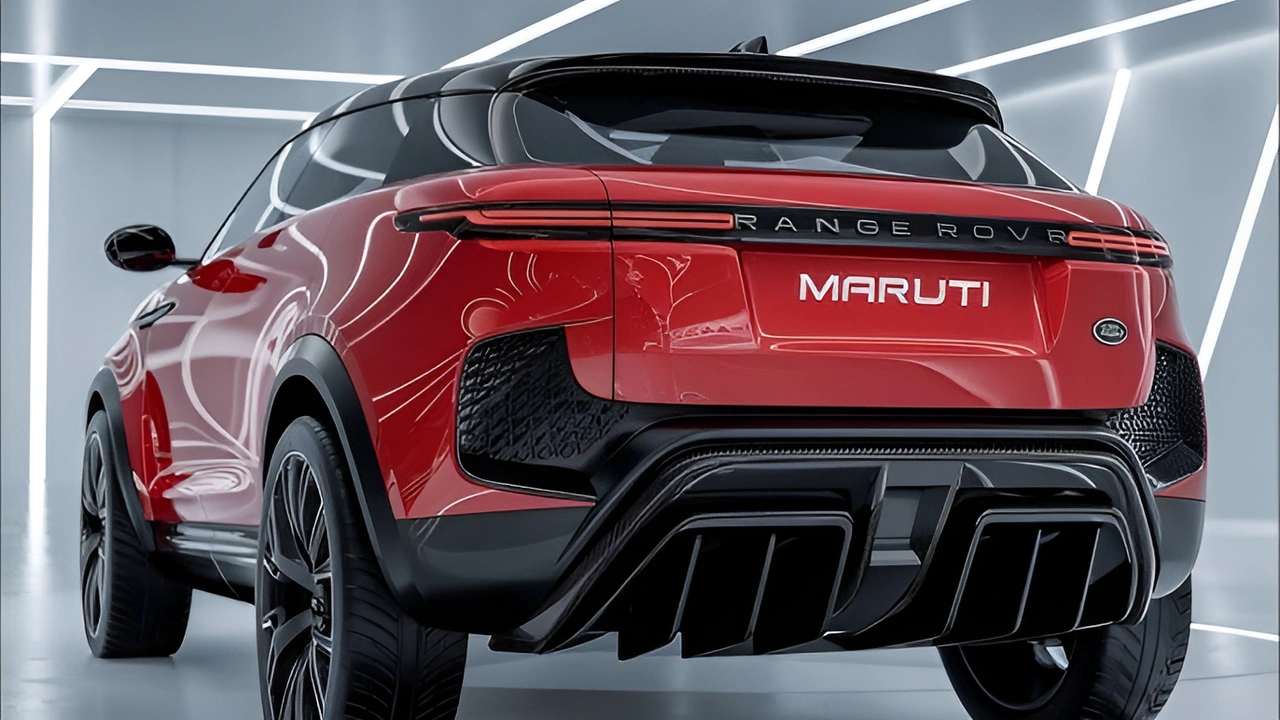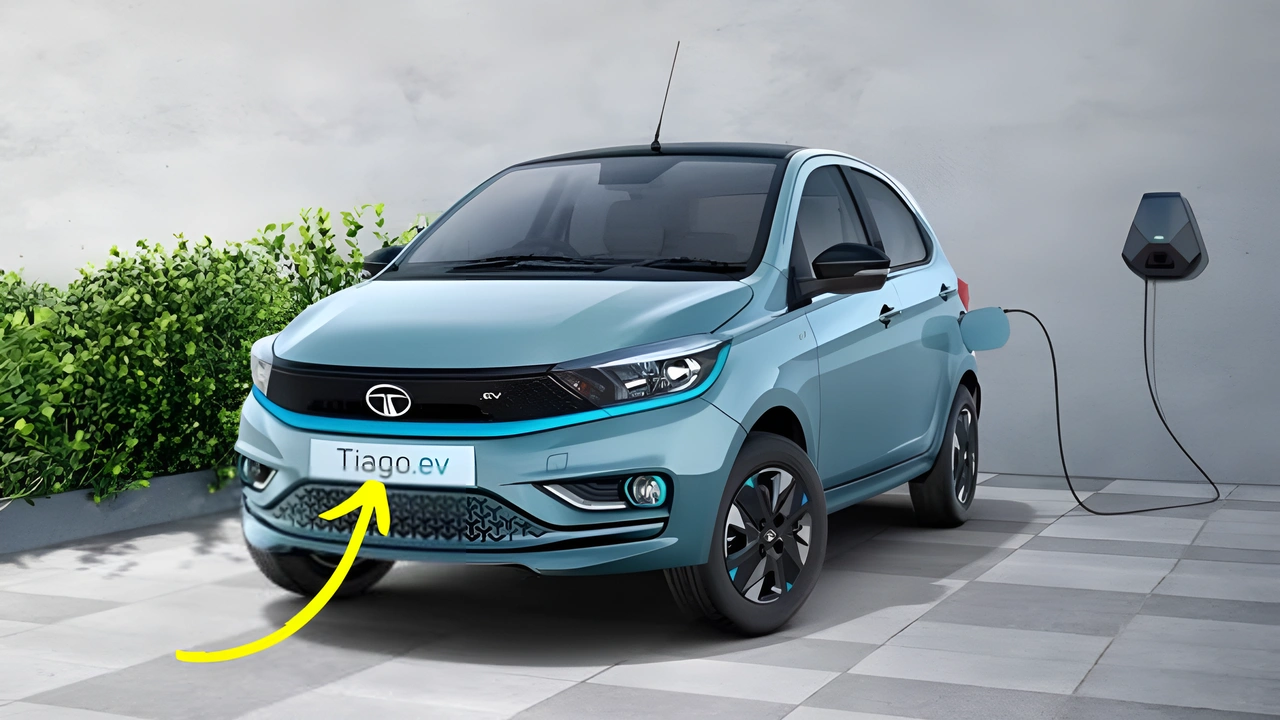Table of Contents
- A Legacy Revamped: From Petrol to Electric
- Redesigned for the Future: Modern and Compact
- Electric Powertrain: Ready for the City and Beyond
- Charging Made Easy: Empowering the Future
- Interior: Compact Yet Feature-Rich
- Safety First: A More Secure Ride
- Affordability Meets Innovation: Pricing and Positioning
- Disrupting the Market: Competition and Impact
- Environmental Impact: A Green Revolution
- Challenges and Opportunities Ahead
- The Road Ahead: Future of Nano EV
- Conclusion: Revolutionizing Electric Mobility
Tata Nano EV: In a groundbreaking move set to transform India’s electric vehicle (EV) market, Tata Motors is reviving its iconic Nano, this time in an electric avatar. The Tata Nano EV 2025 is not simply a revival; it’s a complete rethinking of the people’s car, tailored for a sustainable, electric future. This article takes a deep dive into the Nano EV’s specs, features, and the potential impact it will have on the electric car landscape.
A Legacy Revamped: From Petrol to Electric
The original Tata Nano, introduced in 2009, made waves for being the world’s cheapest car. Conceived by Ratan Tata, the Nano embodied his vision of providing affordable four-wheel transportation to millions of Indians. Although the Nano faced challenges that led to its discontinuation, its legacy has lived on. Now, as the country shifts toward electrification, Tata Motors is breathing new life into the Nano with a modern electric twist. This initiative aligns with India’s broader move towards greener solutions and complements Tata’s vision of a cleaner, more sustainable future.
Redesigned for the Future: Modern and Compact
The Tata Nano EV 2025 maintains the compact charm that made the original so appealing, while sporting a fresh, contemporary design:
- Length: 3.1 meters
- Width: 1.5 meters
- Height: 1.6 meters
The exterior has been upgraded with sleek, aerodynamic features that enhance both efficiency and appeal. Key design highlights include:
- LED headlamps and taillights for energy efficiency and improved visibility
- A redesigned front grille, highlighting its electric powertrain
- Alloy wheels on higher variants, lending a premium touch
- A range of vibrant color options, catering to a youthful and modern customer base
The Nano EV retains its urban-friendly compact size while embracing an updated, purpose-driven design.
Electric Powertrain: Ready for the City and Beyond
Under the hood, the Nano EV 2025 features a cutting-edge electric powertrain that marks a significant upgrade over its petrol-powered predecessor:
- Motor: Permanent Magnet Synchronous Motor (PMSM)
- Power Output: 45 kW (60 hp)
- Torque: 125 Nm
- Battery: 24 kWh Lithium-ion pack
- Range: Up to 250 km on a full charge (ARAI certified)
- Top Speed: 100 km/h
- Acceleration: 0-60 km/h in 9 seconds
These figures indicate that the Nano EV is more than capable of handling city commutes with enough range for weekend escapes. The instantaneous torque delivered by the electric motor ensures smooth and responsive performance, particularly in urban traffic.
Charging Made Easy: Empowering the Future
Tata Motors has prioritized making EV adoption hassle-free, particularly by addressing one of the most common concerns—charging. The Nano EV 2025 is equipped with:
- Standard 3.3 kW AC home charging (0-100% in 8 hours)
- Optional 7.2 kW AC fast charging (0-80% in 4 hours)
- DC fast charging compatibility (0-80% in 1 hour)
In addition, Tata Motors is actively expanding its EV charging network across major urban centers and highways, ensuring that long-distance travel in the Nano EV becomes a practical reality.
Interior: Compact Yet Feature-Rich
Step inside the Nano EV, and you’ll find a cabin packed with modern amenities, offering comfort and connectivity despite its compact size:
- Seating: Space for four adults
- Digital Instrument Cluster
- 7-inch Touchscreen Infotainment System with smartphone integration
- Climate Control in higher trims
- Fabric Upholstery with optional leatherette
- 60:40 Split Rear Seats for added versatility
In terms of tech, the Nano EV is well ahead of its predecessor:
- Regenerative Braking System
- Multiple Driving Modes (Eco, City, Sport)
- Connected Car Technology with Over-the-Air (OTA) updates
- Voice Command Support
- Reverse Parking Camera and Sensors
Safety First: A More Secure Ride
Safety, a key concern for the original Nano, has been dramatically improved in the Nano EV. The car is equipped with:
- Dual front airbags as standard
- ABS with EBD
- Electronic Stability Program (ESP) on higher variants
- ISOFIX child seat anchors
- A high-strength steel body structure
- Pedestrian protection design
These upgrades ensure that the Nano EV 2025 meets global safety standards, offering both peace of mind for owners and robust protection for all passengers.
Affordability Meets Innovation: Pricing and Positioning
Tata Motors’ strategy to make the Nano EV the most affordable electric car in India is what truly sets it apart:
- Expected starting price: ₹5 lakh (ex-showroom)
- Top variant price: ₹7 lakh (ex-showroom)
This aggressive pricing is made possible by:
- Localization of production components
- Efficient manufacturing processes
- Government incentives for electric vehicles
The Nano EV is positioned as the perfect choice for:
- First-time car buyers seeking an affordable electric option
- Urban families in need of a second car for city commutes
- Young professionals desiring an eco-friendly and cost-effective mode of transport
Disrupting the Market: Competition and Impact
The Tata Nano EV is set to disrupt the electric car market in India. Its competitive pricing gives it a clear edge over competitors such as:
- MG Comet EV
- Citroen eC3
Additionally, Tata’s strong brand recognition and the Nano’s legacy will help attract customers who have been hesitant to shift from petrol cars to electric ones.
The Nano EV’s launch will likely prompt other automakers, including Maruti Suzuki and Hyundai, to accelerate their plans for affordable EVs, shifting the market dynamic.
Environmental Impact: A Green Revolution
The Nano EV contributes to India’s environmental goals by offering:
- Zero tailpipe emissions
- A reduced overall carbon footprint compared to traditional petrol cars
- Potential for solar charging to further lower environmental impact
Tata Motors is also incorporating sustainable practices in the manufacturing of the Nano EV, including:
- Use of recycled materials in non-critical components
- Energy-efficient production processes
- A comprehensive battery recycling program
Challenges and Opportunities Ahead
While the Nano EV promises to be a game-changer, it does face some challenges:
- Perception: Overcoming the low-cost image of the original Nano
- Charging Infrastructure: Continued expansion is essential for mass adoption
- Range Anxiety: Educating potential buyers on the practicality of its 250 km range
These hurdles, however, also present opportunities:
- Smart marketing and positive user reviews can help shift perceptions
- Collaborations with businesses and governments to expand charging networks
- Nano EV could become a platform for future innovations in urban mobility
The Road Ahead: Future of Nano EV
Looking beyond the 2025 model, Tata Motors has hinted at:
- The possibility of a larger, family-oriented variant
- Exploration of solid-state battery technology for better range and faster charging
- Integration with smart city initiatives to enhance urban mobility
Conclusion: Revolutionizing Electric Mobility
The Tata Nano EV 2025 isn’t just another electric car; it’s a milestone in India’s journey toward affordable, sustainable mobility. By making electric cars accessible to a broader audience, Tata is not just offering a product, but creating a movement. As the Nano EV takes to the streets, it symbolizes a cleaner, greener future for millions of Indians seeking an affordable, eco-friendly means of transportation.





